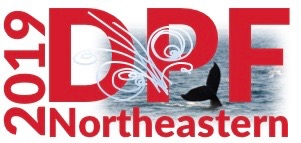Speaker
Description
The SuperCDMS SNOLAB experiment will search for low-mass (< 10 GeV/c^2) dark matter employing germanium and silicon crystals instrumented with cryogenic phonon and ionization detectors. The expected dominant backgrounds are due to long-lived radioactive isotopes present and/or produced in the natural environment. Specifically, Si-32 is cosmogenically created in the atmosphere and is incorporated into silicon ‘ore’ through natural precipitation (rain) processes. This pure beta-decay background from Si-32 (and progeny P-32) is only significant in silicon-based detectors. However, both germanium and silicon crystals accumulate tritium – another pure beta emitter – due to nuclear spallation as a result of exposure to cosmic-ray secondaries. This presentation will overview the SuperCDMS SNOLAB experiment and review calculation assumptions and background rate expectations for Si-32 and tritium levels which are expected to be the primary backgrounds for the experiment.
